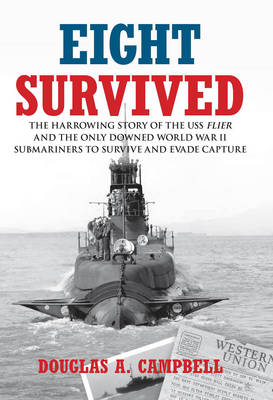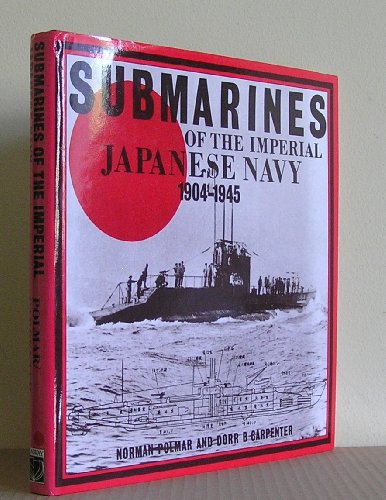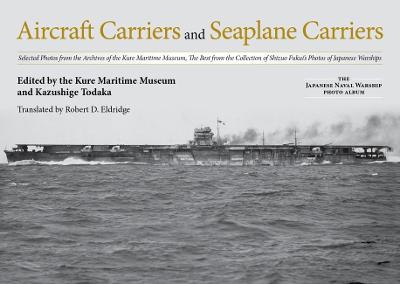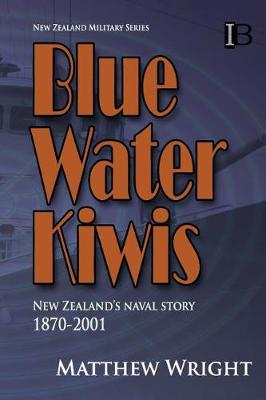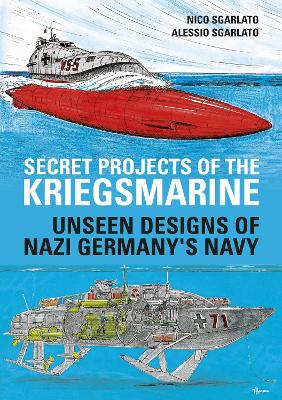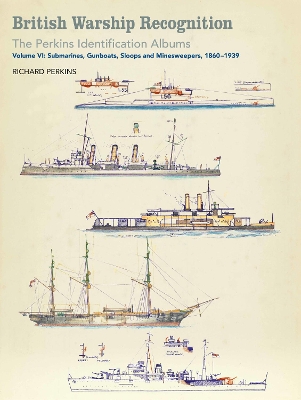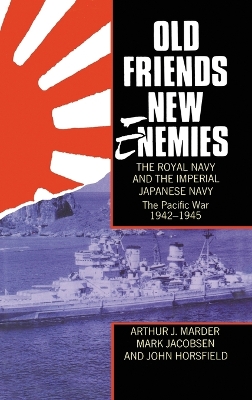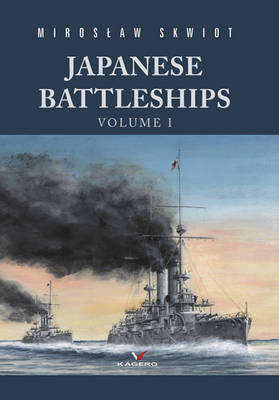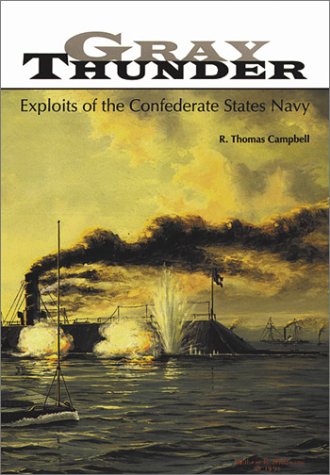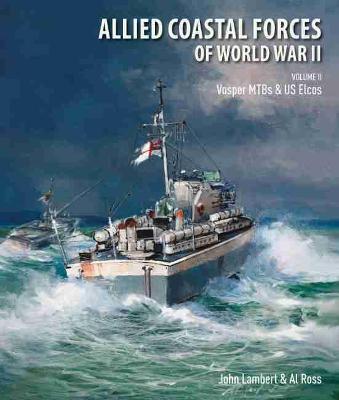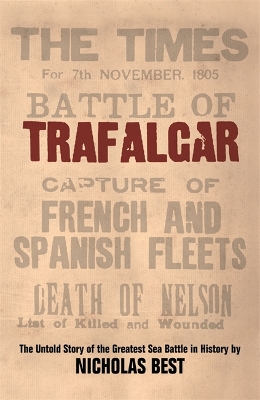Northern Tars in Southern Waters (Reason to Revolution)
by Vladimir Bogdanovich Bronevskiy and Darin Boland
Translated for the first time into English in their entirety, the memoirs of Vladimir Bronevskiy describe the actions and movements of Russian Admiral Dmitriy Senyavin's squadron and the infantry at his disposal in the Adriatic and Aegean Seas between the years of 1805 and 1810. The story moves from Kronstadt to Corfu, to the siege of Ragusa and battle at Mount Athos, to the chaotic reshuffling of alliances with the signing of the Treaty of Tilsit and the ill-fated dispersion of the fleet among...
The incredible wartime saga of the only American submariners to survive the sinking of their ship and evade enemy capture in WWII On the night of August 13, 1944, the U.S. submarine Flier struck a mine in the Sulu Sea in the southern Philippines as it steamed along the surface. All but fifteen of the more than eighty-strong crew went down with the vessel. Of those left floating in the dark, eight survived by swimming for seventeen hours before washing ashore on an uninhabited island. The story o...
Combat at Close Quarters: Warfare on the Rivers and Canals of Vietnam
by Edward J Marolda and R Blake Dunnavent
Submarines of the Imperial Japanese Navy, 1904-45
by Dorr Carpenter and Norman Polmar
The Naval Institute Press will publish the much sought after six volumes of the Kure Maritime Museum's The Japanese Naval Warship Photo Album series. Originally published in Japan in 2005, each album contains photographs officially taken by the Kure Maritime Museum, as well as those taken by private individuals. These pictorial records document the main types of Japanese vessels, from battleships to submarines, based on the best images from Shizuo Fukui, a former Imperial Japanese Navy commander...
Secret Projects of the Kriegsmarine
by Sgarlato, Nico and Sgarlato, Alessio; Paterson Lawrence
The Secret Projects of the German Kriegsmarine in World War II gives a comprehensive overview of advanced German naval building, and excitingly includes previously unseen, secret projects. This book is relatively short, yet densely packed with historical naval insight. It will thus appeal to the busy reader interested in boat modelling, or indeed anyone who is fascinated with naval warfare. The designs covered by the title are wide-ranging, from U-boats and hydrofoils, to submarines, explosive m...
On the morning of April 10, 1963, the world's most advanced submarine was on a test dive off the New England coast when she sent a message to a support ship a thousand feet above her on the surface: experiencing minor problem . . . have positive angle . . . attempting to blow . . . Then came the sounds of air under pressure and a garbled message: . . . test depth . . . Last came the eerie sounds that experienced navy men knew from World War II: the sounds of a submarine breaking up and compartm...
British Warship Recognition: The Perkins Identification Albums
by Richard Perkins
The Richard Perkins warship identification albums form one of the most detailed studies ever undertaken of the changes to the appearance of Royal Navy ships.As a result of collaboration with the National Maritime Museum, the publication of this monumental work in a superbly produced multi-volume edition that captures all thequalities of the original. Every page is reproduced at full size, making the extensive handwritten annotation readable, while the fine-line drawings retain all the colors tha...
The story of Pembroke Dock is one of triumph and disaster, of hope and terrible failure. Nearly three hundred ships were built in the yards, including some of the most powerful ships in Queen Victoria's navy - as well as four famous Royal Yachts. Then in 1926, the dockyard was suddenly closed, leaving the town without reason for existence. What followed was a brutal battle for survival. The history of Pembroke Dock is a fascinating social study, taking a community from its raw beginnings to full...
Len Sellers uses many first-hand accounts and original illustrations to trace the fascinating story of "Winston's Little Army", the Hood Battalion, through the idealism, bravery and subsequent tragedies of World War I. The Royal Naval Division, Churchill's brainchild, was formed at the beginning of the First World War by the Admiralty from large numbers of naval reservists. Later were added new army recruits from the six areas of Tyne & Wear, Clyde, Sussex, Liverpool, Bristol and London. A Divis...
Old Friends, New Enemies. The Royal Navy and the Imperial Japanese Navy
by Arthur J Marder, Mark Jacobsen, and John Horsfield
This first scholarly account of the Royal Navy in the Pacific War is a companion volume to Arthur Marder's Old Friends, New Enemies: Strategic Illusions, 1936-1941 (0-19-822604-7, OP). Picking up the story at the nadir of British naval fortunes - `everywhere weak and naked', in Churchill's phrase - it examines the Royal Navy's role in events from 1942 to the Japanese surrender in August 1945. Drawing on both British and Japanese sources and personal accounts by participants, the authors vividly...
The Imperial Japanese Navy of World War II was administered by the Ministry of the Navy of Japan and controlled by the Chief of the Imperial Japanese Navy General Staff at Imperial General Headquarters. In order to combat the numerically superior American navy, the IJN devoted large amounts of resources to creating a force superior in quality, the objective being of"making up for quantity by means of quality". Consequently, at the beginning of World War II, Japan probably had the most sophisti...
For the British, the Battle of the Atlantic was a fight for survival, as they depended entirely upon the safe transit of hundreds of convoys of merchant ships laden with food, raw materials and munitions from America to feed the country and to keep the war effort going. The ultimate success of these convoys is much more than the triumph of one side's naval technology over the other, or of the revelations of the enemy's encoded orders assiduously teased out by the brilliant young decrypters at Bl...
Allied Coastal Forces of World War II (Allied Coastal Forces of World War II, #2)
by John Lambert and Al Ross
Allied Coastal Forces, now a recognized classic work first published in 1990, remains the only publication to deal comprehensively--in words, photographs, and drawings--with the technical detail of motor torpedo boats, PT boats, motor gunboats, launches, and submarine chasers. This second volume covers sixteen Vosper MTB designs and the US 70ft, 77ft and 80ft ELCO designs.
By October, 1944, the U.S. Navy submarine Tang was legendary-she had sunk more enemy ships, rescued more downed airmen, and pulled off more daring surface attacks than any other Allied submarine in the Pacific. And then, on her fifth patrol, tragedy struck-the Tang was hit by one of her own faulty torpedoes. The survivors of the explosion struggled to stay alive in their submerged "iron coffin" one hundred-eighty feet beneath the surface. While the Japanese dropped deadly depth charges, just nin...
Ships and Shipbuilders of a West Country Seaport
by Cyril Henry Ward-Jackson
EIGHTEENTH CENTURY RIGS & RIGGING
Covering major ship types (warships and merchant) of Europe, the Mediterranean, Middle East and Asia, this study comments on the development and significant features of each 18th-century rig. It is complemented by detailed plans and descriptions, and extensive tables of rigging dimensions.
A brilliant page-turning account of the most famous sea fight in history Beginning with a vivid recreation of Napoleon's army assembling at Boulogne for the invasion of England, Nicholas Best tells how the French fleet joined with their Spanish allies and set out for a decisive battle with the Royal Navy. Following events through the eyes of eyewitnesses on the gun deck as well as the admiral's cabins, he takes us to the Mediterranean and the West Indies and back to the coast of Spain as the ri...


